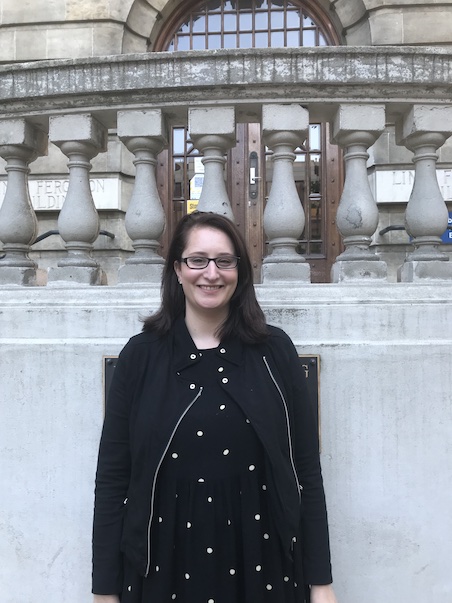While pursuing a Bachelor of Arts in Archaeology here at the University of Otago, I discovered the vast potential of the human skeleton to inform on the hidden histories of past people. This led me to pivot my studies and complete a BA(Hons) and MSc degree with a focus on biological anthropology.

My research has focused on the mother-infant nexus; how the interconnectedness of mother and child, and maternal and early life health can impact lifelong health outcomes. In my Honours research I explored this theme using dental enamel defects in early forming teeth. These defects reflect episodes of physiological stress experience during tooth development and can inform on the maternal, in-utero, and early-life health within past populations. In my Masters research I tested the applicability of micro-CT imaging to investigations of microbial bioerosion. Bioerosion occurs during deposition when microbes, particularly those that form the gut microbiome during life, breakdown the mineral component of bone. Because the gut microbiome does not form until birth, I also tested whether analyses of microbial bioerosion could aid in the differentiation of stillbirths from live births in skeletal populations. The ability to differentiate these individuals and provide accurate age-at-death estimations is important as infant mortality is considered to be a sensitive indicator of maternal and population health.
I have enjoyed my time at Otago and with the Biological Anthropology Research Group as both student and now staff member immensely. I am currently working as an Assistant Research Fellow with Professor Siân Halcrow. In this role I undertake research exploring the health impacts of the rise of social inequality in protohistoric northeast Thailand and the impacts of increasing gender inequality in Bronze Age China.